Star Wars is known for having an emotional impact on entire generations, whether it be a wide-eyed wonder at the majesty of the Force or a deep love and affection for iconic characters we met across this epic space opera. Then, there are times when the galaxy far, far away leaves us with a feeling of melancholy, forced to see those beloved heroes suffer. Sometimes we get glimpses of how bleak the universe can be; whether it be the oppressive brutality of the Empire or the senseless violence of the Clone Wars, there is more than enough tragedy to go around in Star Wars.
Here is a list of some of these moments that had us reaching for the nearest box of tissues.
The End of Empire Strikes Back

It’s easy to forget the sensation of seeing Empire for the first time and wondering how the good guys were going to recover. Almost every single protagonist suffers during this movie; Luke loses a hand and has his entire worldview turned upside down, Han is frozen in carbonite and given to Jabba as a gift after being betrayed by Lando Calrissian, Chewie loses his friend, Leia loses her love interest and even C-3PO is disassembled for a time. The end of the movie had a much sadder end to it, even if you know they turn the tide in Return of the Jedi.
The movie ends with the heroes just barely managing to escape and recover from their wounds. Though there is a note of hope as they are searching for Han to return him back to life, it’s still a very bleak way to end the movie, with the Rebels having achieved nothing more than simple survival and the Empire having won a psychologically damaging victory against them.
Empire is praised as being the best of the Star Wars movies, and it’s in no small part due to the setbacks the Rebels face and the bittersweet ending, which show the range of tone the series could reach.
Rogue One’s Ending
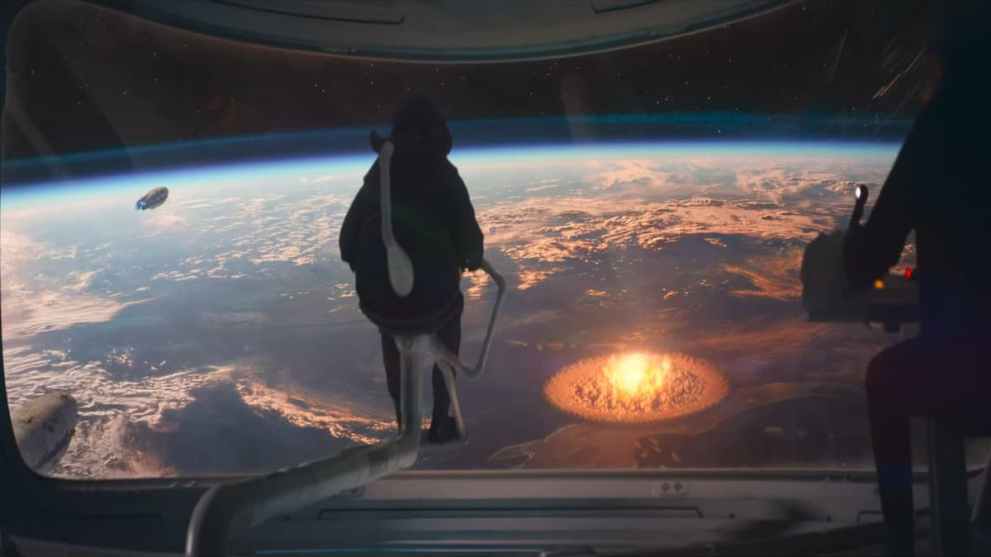
Rogue One is infamous for taking a darker, grittier lens to Star Wars, and they definitely succeeded in making a more somber movie. The main characters were in rough shape after Empire Strikes Back, but at least they were all alive. At the end of Rogue One, almost everyone we have met throughout the movie was cut down in a final stand against the Empire in a desperate attempt to get the Death Star plans to the rebellion. Each of these soldiers makes heroic sacrifice after heroic sacrifice in order to get the plans that would eventually spell doom for the Death Star off Scarif.
The fact that ultimately these sacrifices help destroy the Empire does mean that these losses weren’t meaningless at the very least, but the fact that so many people die by the end of the movie does truly make for a more depressing ending. Even fan favorite, Alan Tudyk-voiced droid K-2SO, was not spared from the massacre.
Rogue One’s misery is enhanced the more we get to know about Cassian through the Andor TV series as well, enhancing the overall melancholy of both movies. As Andor develops, it’s with the looming doom of the Battle of Scarif hanging over Cassian’s head.
Darth Vader’s Death
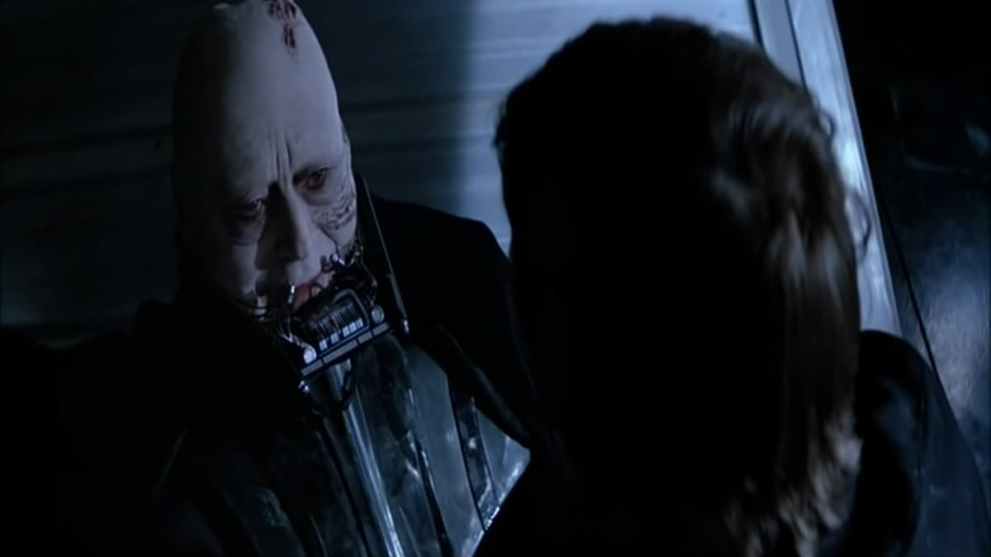
Considering Darth Vader is one of Star Wars’ most threatening and iconic villains, it’s ironic how tragic his demise is. Though his fall to the Dark Side is far more sad, the death scene in Return of the Jedi is filled with a lot of great acting and subtle moments where the tragedy of Anakin Skywalker is showcased. While in many ways his fate on the Death Star represents his redemption fulfilled and the end of the Empire, the scene between him and Luke shows in small ways what the two have lost. In this scene, the two treat each other with a familial tenderness that Vader has not displayed before.
The visage of the weakened and prone Vader, straining to speak through his injuries and his pale, scarred face is a memorably humanizing image for the imposing lord of darkness. One of the best lines from this exchange is when Luke says that he has to take him off the Death Star. He argues that he has to save his father, and in response, Vader says “You already have.” It’s a touching scene that vindicates Luke’s belief that there was some good in him worth saving, but ultimately also underscores the sorrow of the entire Skywalker saga.
The Destruction of Alderaan
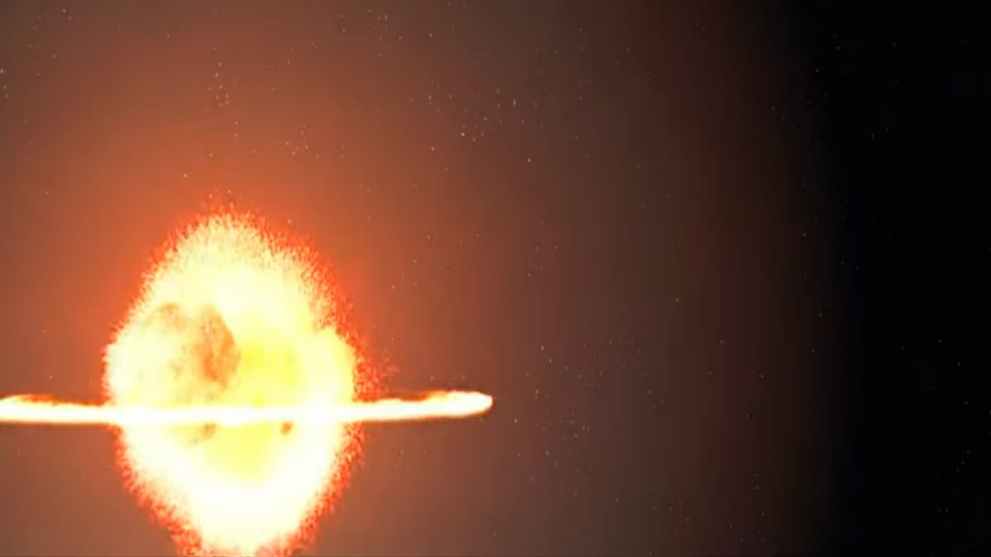
We don’t learn that much about Alderaan before it’s destroyed in the movies, but like many moments in Star Wars canon, it becomes deepened by hindsight and development. The moment itself is extremely shocking, and perhaps the first time many have seen such complete destruction rendered on-screen. An entire world gone in an instant. Few movies show such apocalyptic destruction and death, and this is made all the worse by the fact that Leia has to watch it happen.
In supplementary material, like the Obi-Wan show, we’ve seen that Alderaan was an idyllic planet, much like our own. We occasionally meet survivors of Alderaan who are deeply traumatized by the destruction of their planet, just as Leia is.
As we’ve pieced more about this lost utopia together, it’s not surprising that the Empire is so brutal. Moff Tarkin once landed his ship on protestors in his landing bay, killing hundreds of them. However, this genocidal act is the first time they’ve done anything of this magnitude.
Star Wars: Andor
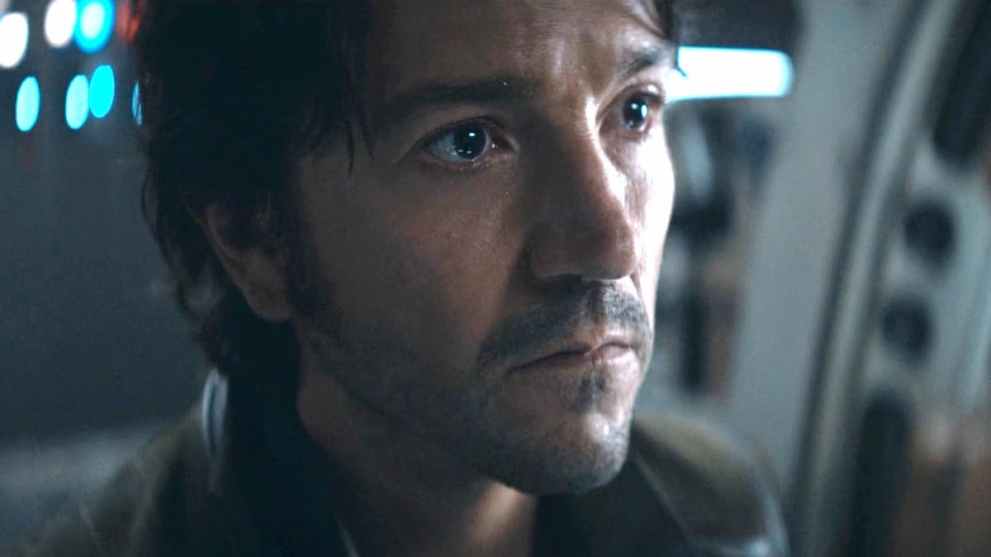
The TV show Andor got into the nitty gritty of how exactly the Empire oppresses its citizens and maintains control of its galaxy-spanning regime. Fittingly, there are quite a few individual sad stories nestled in there. The main characters are not spared that suffering; Bix Caleen is tortured and traumatized by an Imperial interrogation, Nemik dies when he reaches a surgeon who can’t save him, and Andor is put through considerable suffering throughout the show.
More structurally, the entirety of Andor is about conveying the darkness and oppression of the Empire to audiences when it comes to ordinary people under its thumb. It’s a gloomy show full of people who are often lacking in hope, Andor himself included initially. Even as people learn to band together there aren’t any decisive Rebel victories. The only real win in this stage of the Galactic Civil War is keeping the embers of Rebellion alive.
The show takes its time to make the audience feel for its cast, making each death meaningful. From Andor’s mother to members of the Aldhani heist crew, the show never loses its very human focus.
Yoda Seeing What Could Have Been
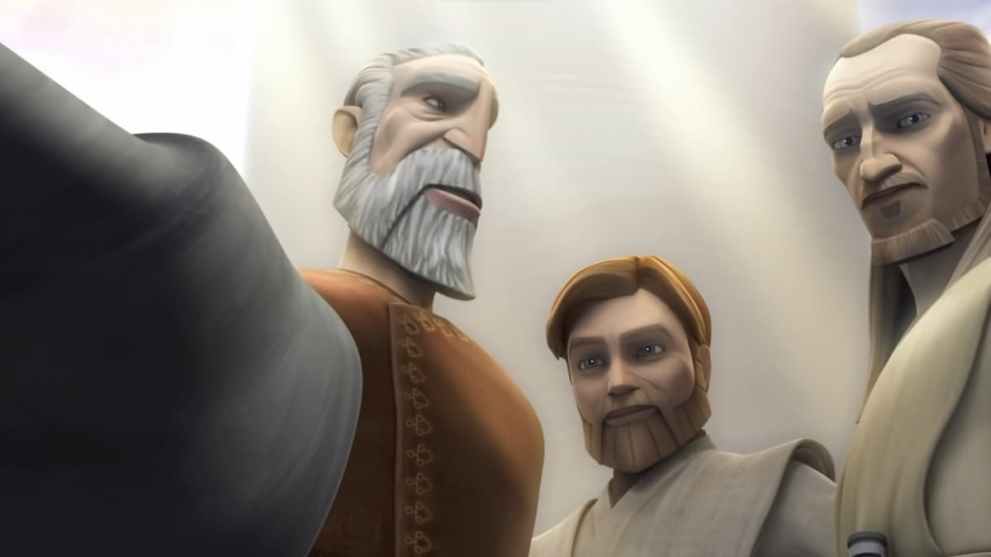
In episode twelve of season six of Clone Wars, Yoda goes on a quest based on the words of Qui Gon’s ghost to unravel secrets about the Force. Doing so leads him to meet the Whills and confront his own inner turmoil in order to learn how to transcend his mortal form upon death. During that journey he is confronted by a vision of what the Jedi would be like if the Clone Wars never happened. Not only does he see Ahsoka, who had left the Jedi Order before his journey, but he also sees Count Dooku and Qui Gon among the Jedi.
Those two being there is especially sad when you consider the fact that Count Dooku was an apprentice of Yoda before he joined the Dark Side, and Qui Gon had been an apprentice of Dooku whom Yoda had known well. Furthermore, it reveals additional insight into how much Yoda regrets that the war came to pass, and wishes fervently that it never happened.
This picture of peace — where the conflict that tore the Jedi apart and led to the construction of the Empire never happened — highlights just how much is lost because of the Clone Wars.
Ahsoka Leaving the Jedi
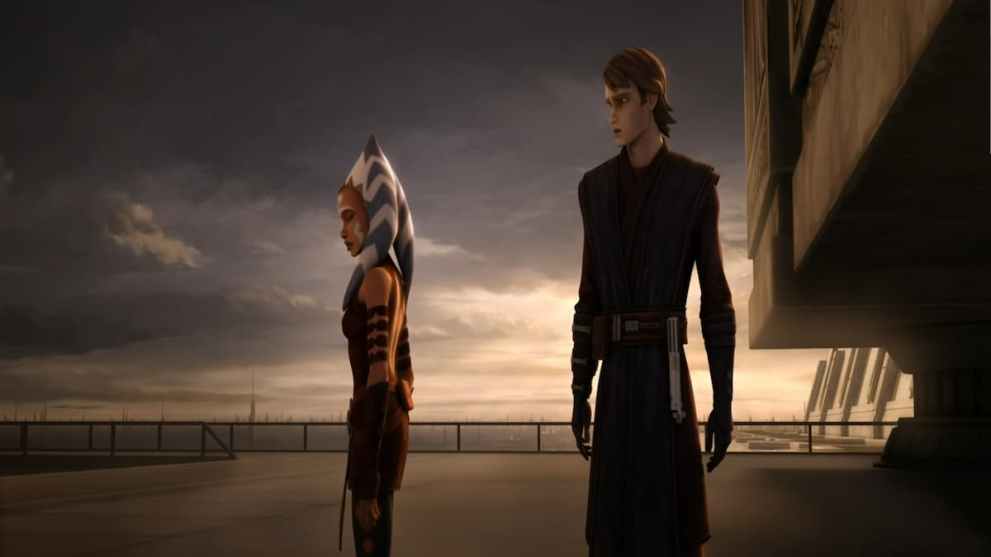
Ahsoka’s journey through Clone Wars was a long one, and she became a fan-loved character through her many appearances in that show. But there was always a question as to whether or not she survived Order 66, and if so, how she managed to do so. The series addressed this towards the end of Season 5, where Ahsoka found herself blamed for a terrorist attack, being framed by Barriss Offee. Though she was eventually acquitted, the lack of trust the Council had in her convinced the young Padawan that she needed to leave.
Besides the whole incident forever undermining her trust in the Jedi, the people who had raised her and been her home, it also left Anakin alone without his Padawan. On his path to the Dark Side, Anakin had found one more source of light in his life that was now taken from him, and also his own trust in the council was undermined by their swiftness to distrust Ahsoka.
In addition, this heralded the decline of the Jedi, who had become much more dogmatic and yet much more compromised throughout the late era of the Republic. Barriss Offee was correct when she said that the Jedi had tainted themselves by their participation in the Clone Wars.
Ahsoka vs Vader

In Rebels, Ahsoka faced off against her master in the second season finale, “Twilight of the Apprentice”. The two had not seen each other since Order 66 and Ahsoka did not witness her master’s fall to the Dark Side, only hearing about it after the Clone Wars was long over. Now in this episode, the pair faced off against one another in combat.
This confrontation is sad due to the fact that Anakin trained Ahsoka, but there’s quite a bit to unpack besides that. Ahsoka seems to regard Anakin at first with contempt, in disbelief that this cold and violent monster could be the heroic man she had trained under during the Clone Wars.
As the fight progresses, however, she soon realizes that there’s still a piece of Anakin in Vader. This is quite literally shown in a visual metaphor, when Ahsoka breaks open Vader’s iconic visor to expose part of his face, uncovering one of his eyes. Ahsoka feels guilty after seeing this and promises not to leave him as she did before, but Vader only responds that he will kill her. It shows despite the fact that Ahsoka sees Anakin in Vader, he still denies it.
While Ahsoka’s exit from the Jedi marked the point where the paths of Anakin and Ahsoka diverged, this provided some closure. In much the same way as it was with the Obi-Wan series and his own duel with Anakin, Ahsoka confronts Vader directly. It’s a sad end for their storyline together, as Ahsoka would never get to see Anakin redeemed after the death of the Emperor.
Obi-Wan Vs Anakin
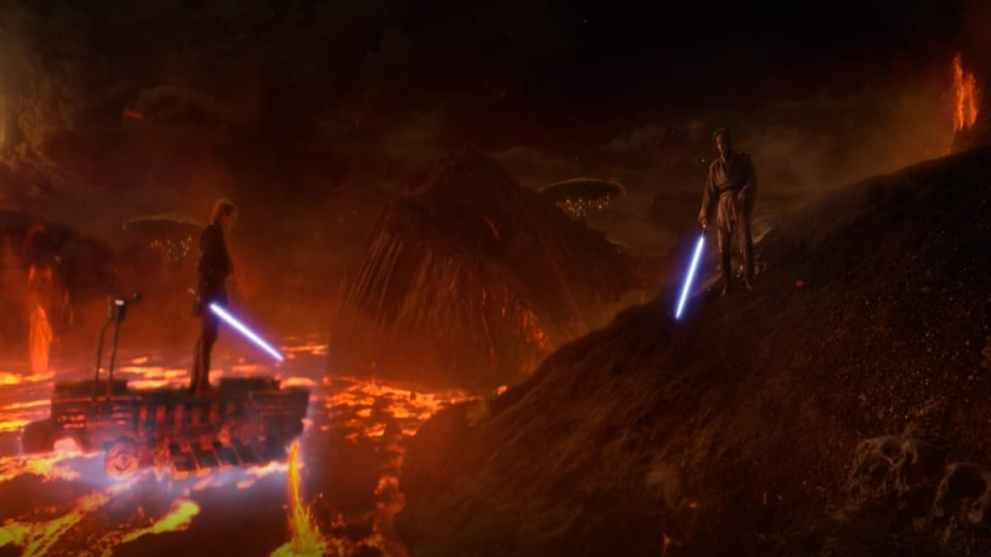
The battle that capped off Revenge of the Sith also was the endpoint for a saga that saw Anakin fall from a heroic figure into the sinister Darth Vader. The battle on Mustafar is the crux of a lot of the tragedies that preceded and occurred after. The descent of Anakin was in part due to the death of Qui Gon Jin, and it was also as a result of this battle that Vader became a cyborg who was, as Obi-Wan put it, “more machine than man”. This moment has been fleshed out by all the extended media, enhanced by the strain established in the relationship between Obi-Wan and Anakin, but also by the fact they did very much care about one another.
In a more immediate sense, it is also a fight between two brothers. Obi-Wan and Anakin, who had been through so much together are forced to fight to the death, with Obi-Wan all but killing the younger Jedi.
In many ways, this is an ultimate repudiation of the Jedi. The fact that Anakin plummeted so far is partially on the shoulders of Palpatine’s machinations, but at the same time, it’s caused by the inflexibility of the Jedi and their stifling and callous ways. If they had helped Anakin when they had the chance, then perhaps this could have all been avoided. Instead, they forced him to repress his feelings and anger at every turn rather than assisting him to confront them. The Chosen One that was supposed to bring balance back to the Force, ironically, then became their downfall.
Order 66
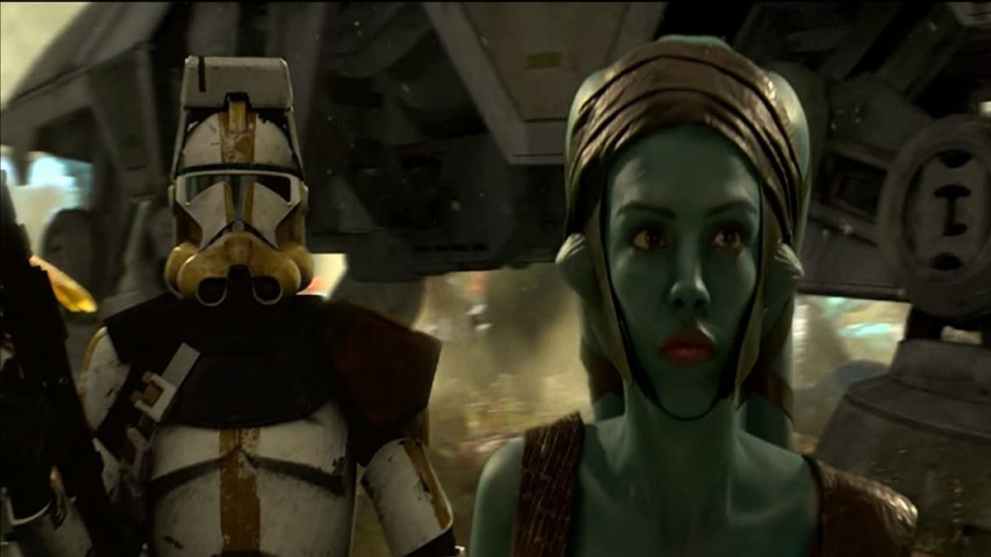
Order 66 is perhaps the most comprehensive calamity, one where further information becomes apparent that amplifies its impact. First, there is the harrowing destruction of the Jedi. Viewers had come to learn about the Jedi and become attached to its members, like Plo Koon or Mace Windu. Inevitably, they were going to have to be removed for the Emperor to take power, their fate sealed before they could even react. The deaths of all the younglings and Padawans also add to the horrific sadness of the moment.
However, as we’ve discovered about the Clones through various TV shows, we now know how much they were affected by this too. They were forced to attack the people they had been working with for years, and then they were unceremoniously discarded by the Empire. We see a clone who is in severe poverty in Obi-Wan for example. Their lives before that moment were also defined by a tragedy of a lack of choice, as they were born and bred for war.
Order 66 has been returned to over and over again, because it’s not only an important moment, but also a dramatic one filled with pathos. The human toll and the genocide of the Jedi are both factors, while fans of the Clone Wars see many characters they’ve come to care about die during Order 66 or fall from grace, from Jedi to Clones.

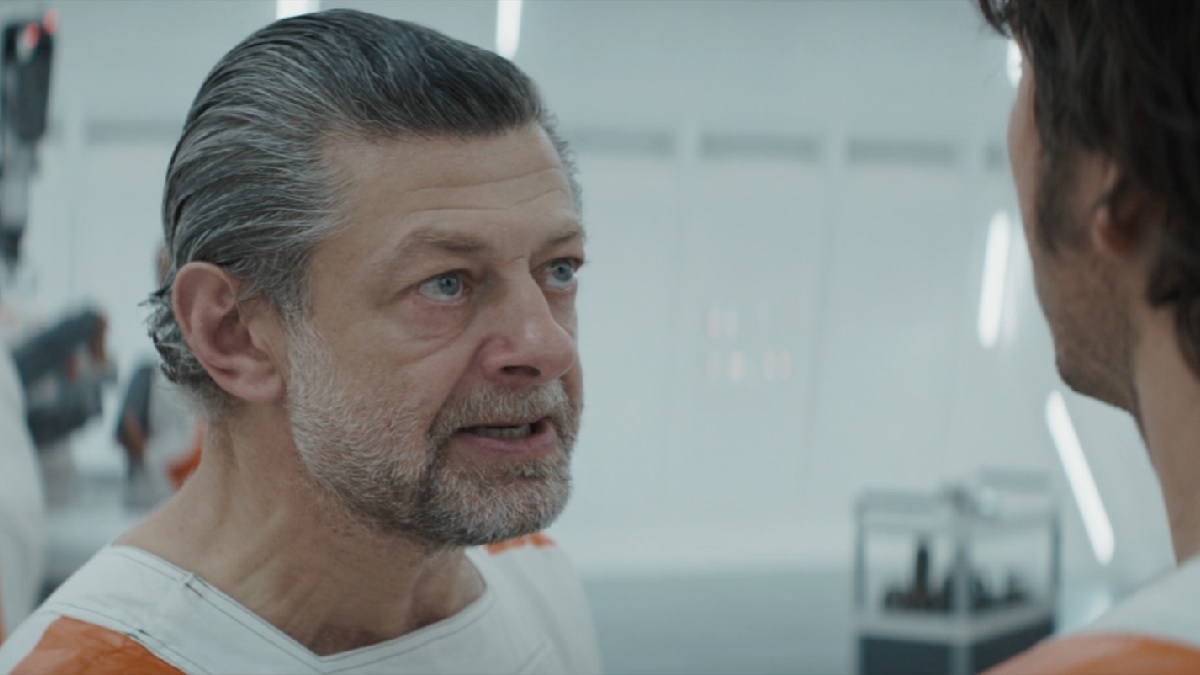
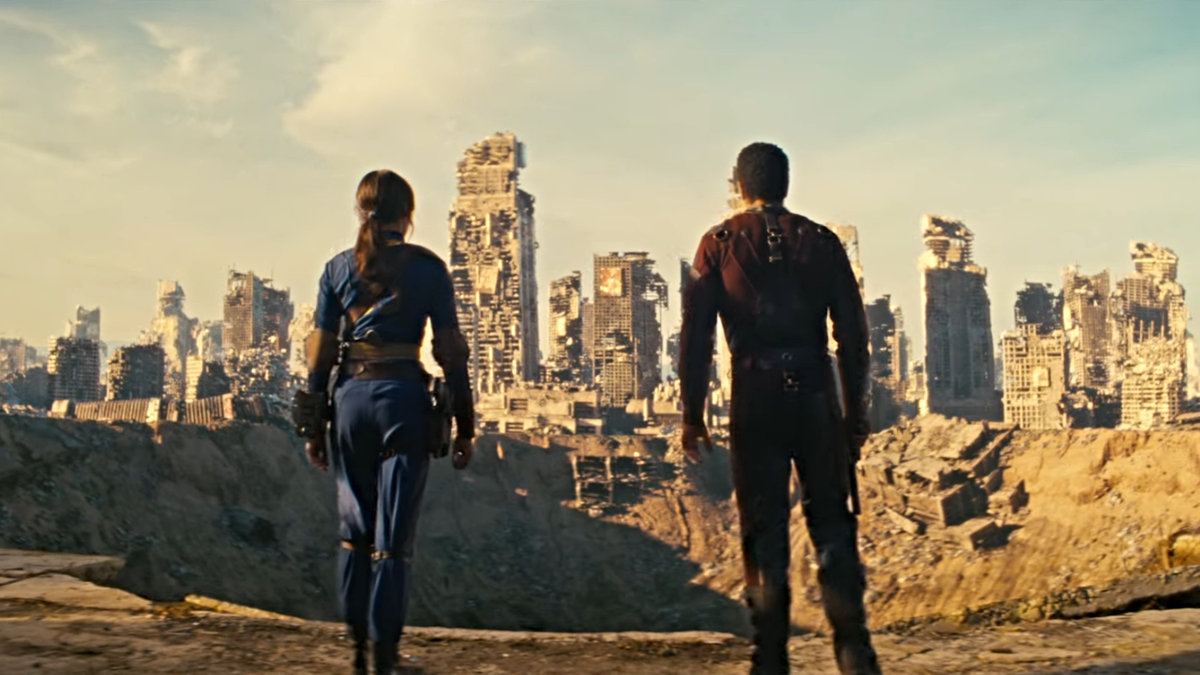
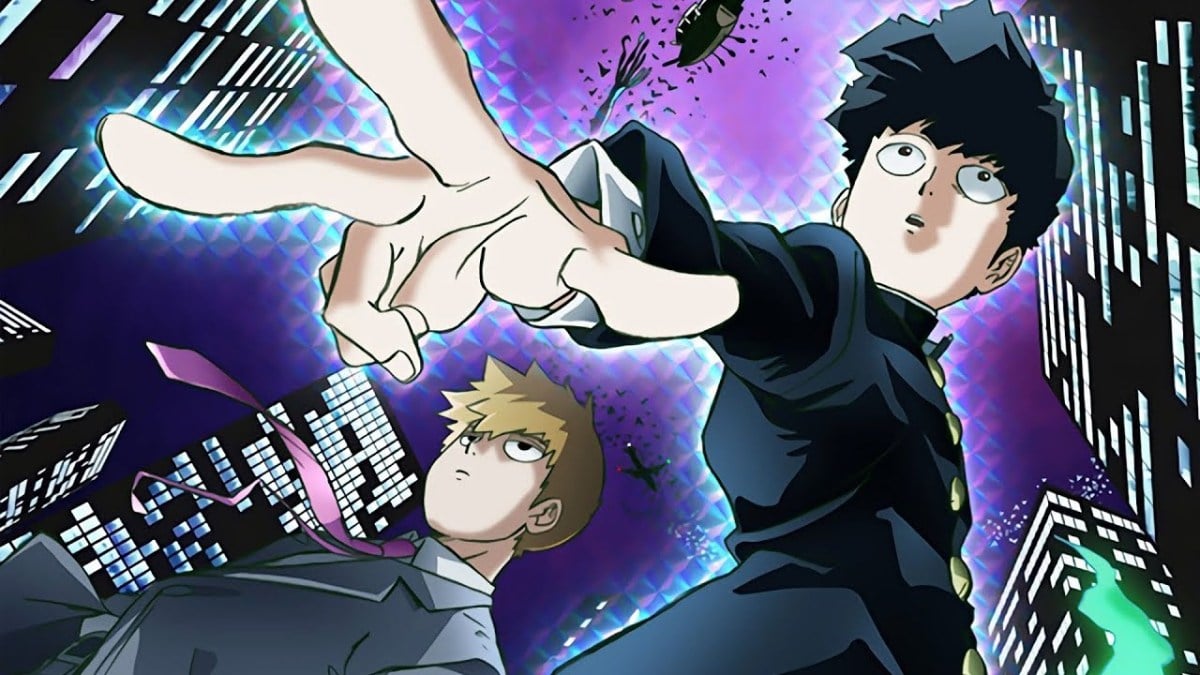
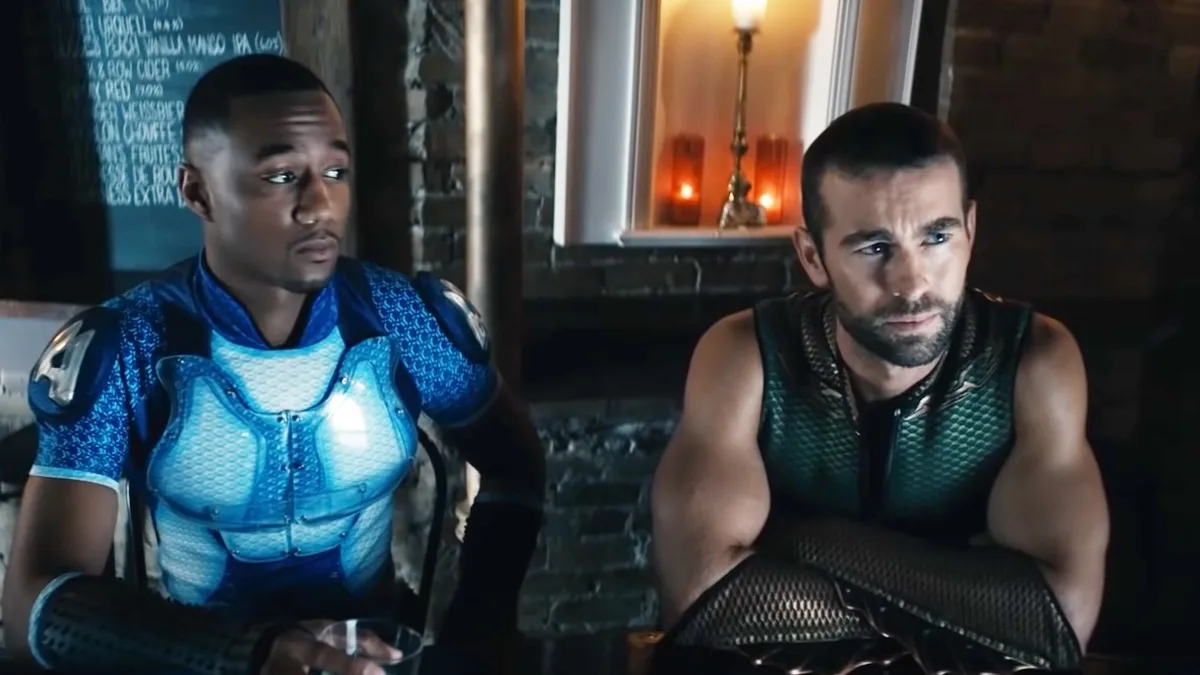
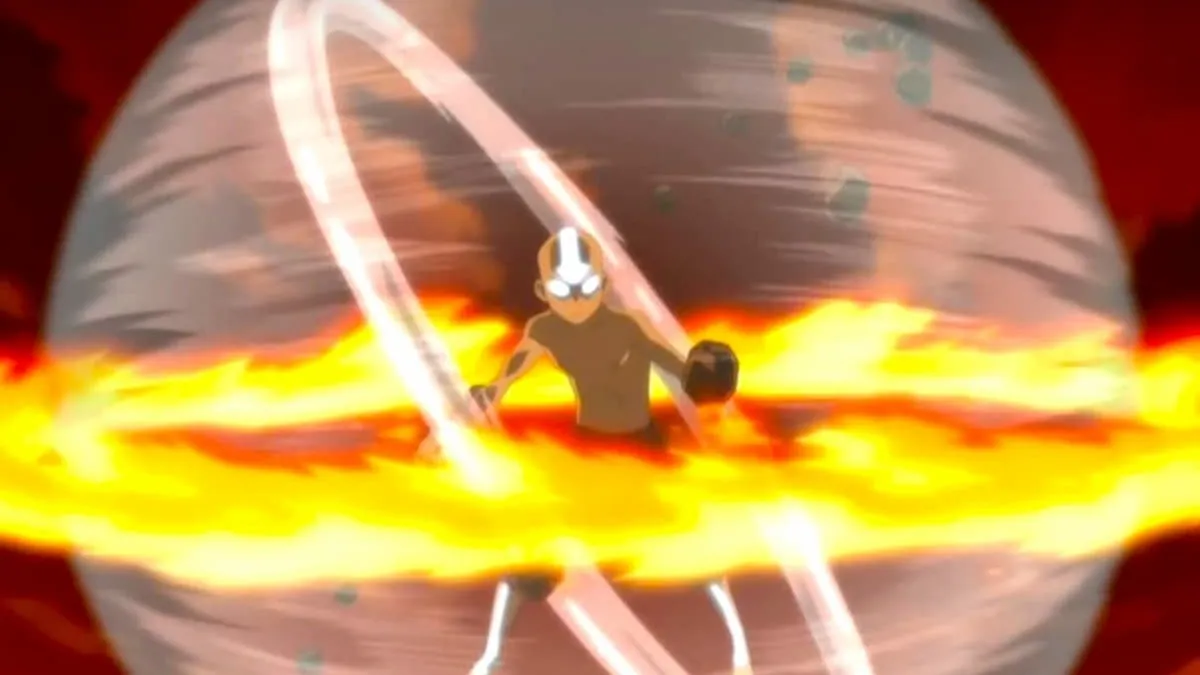
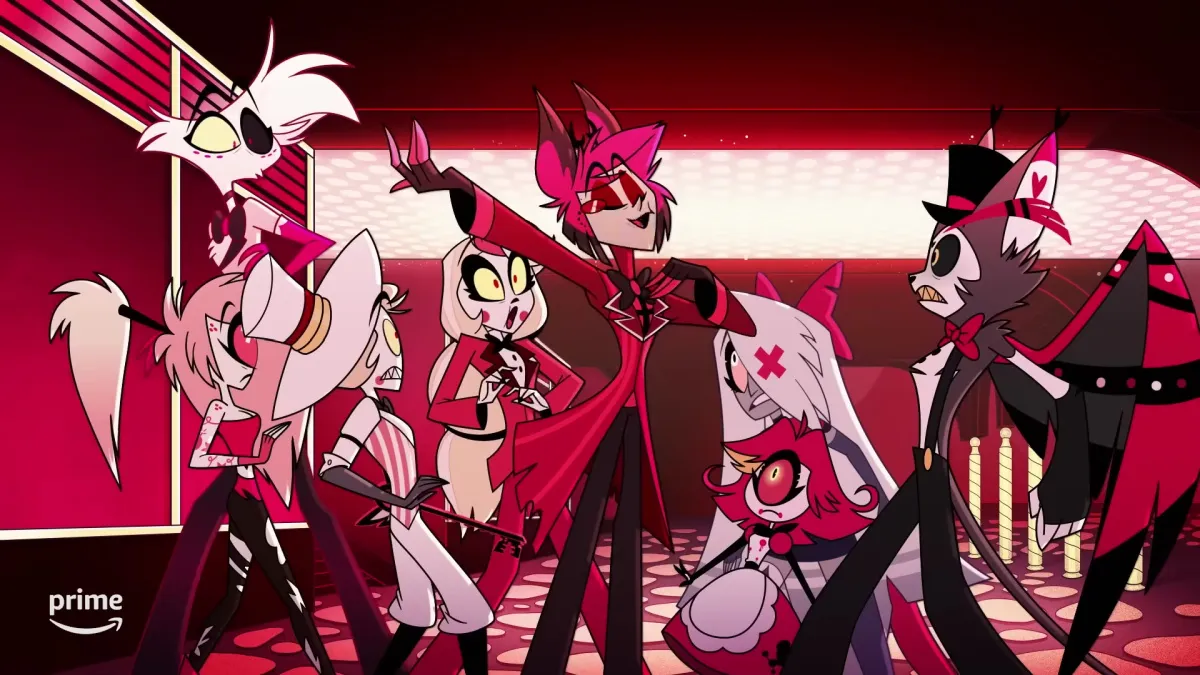
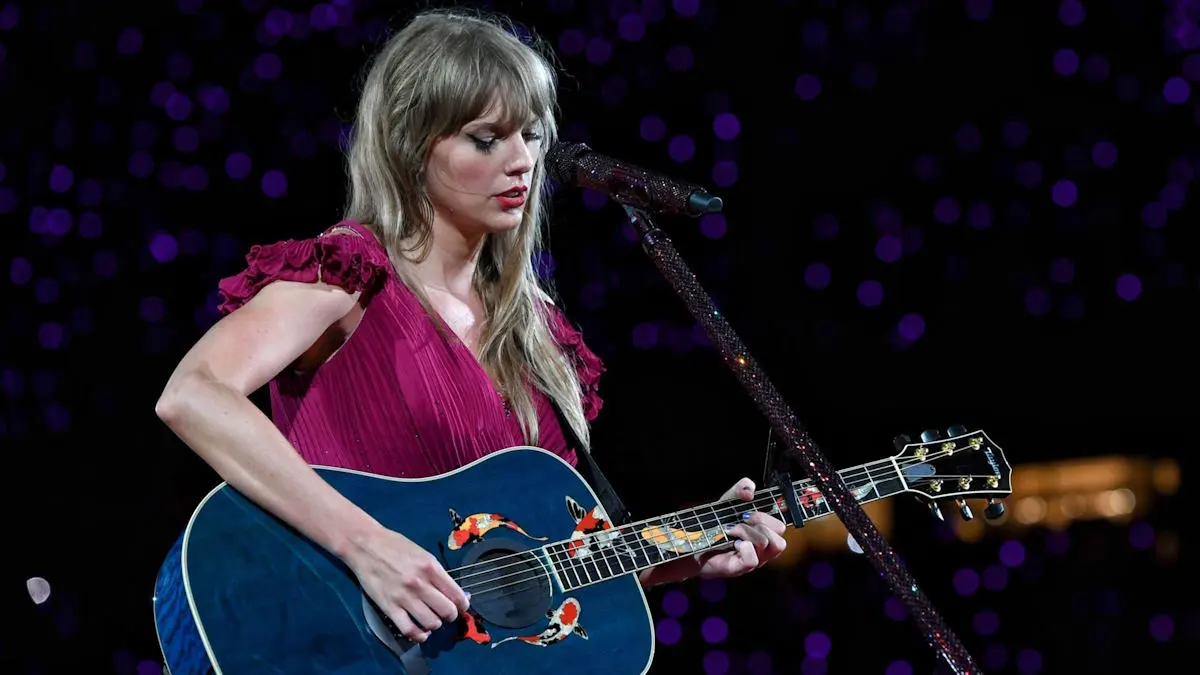
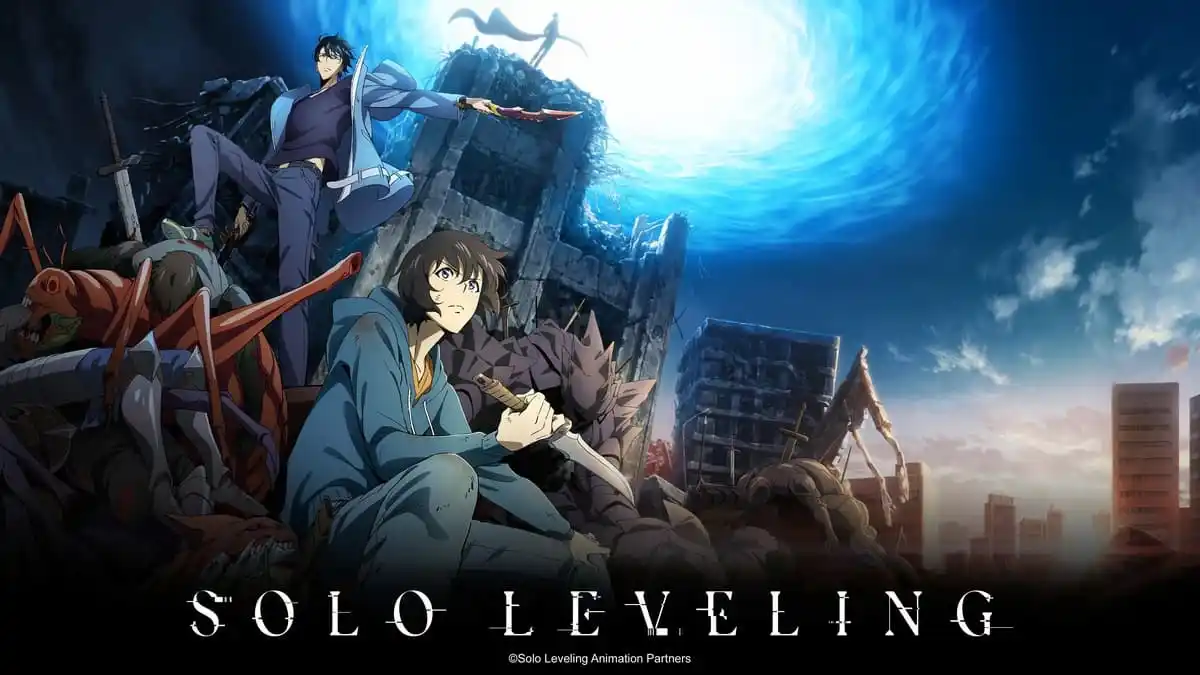
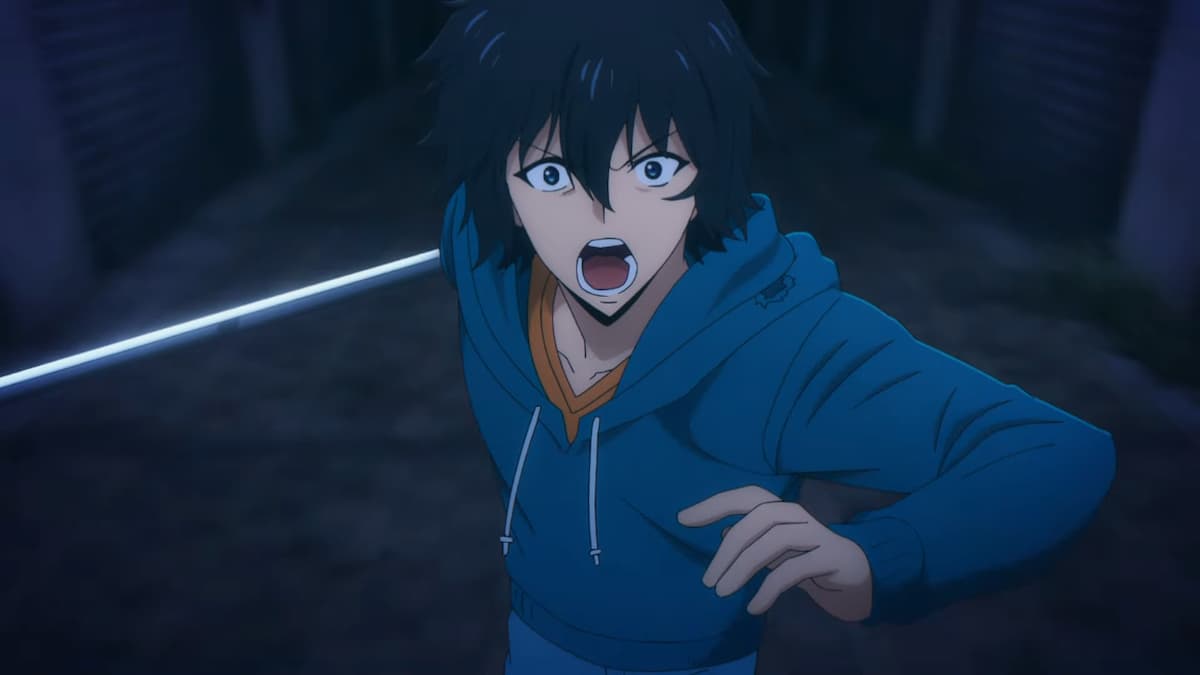

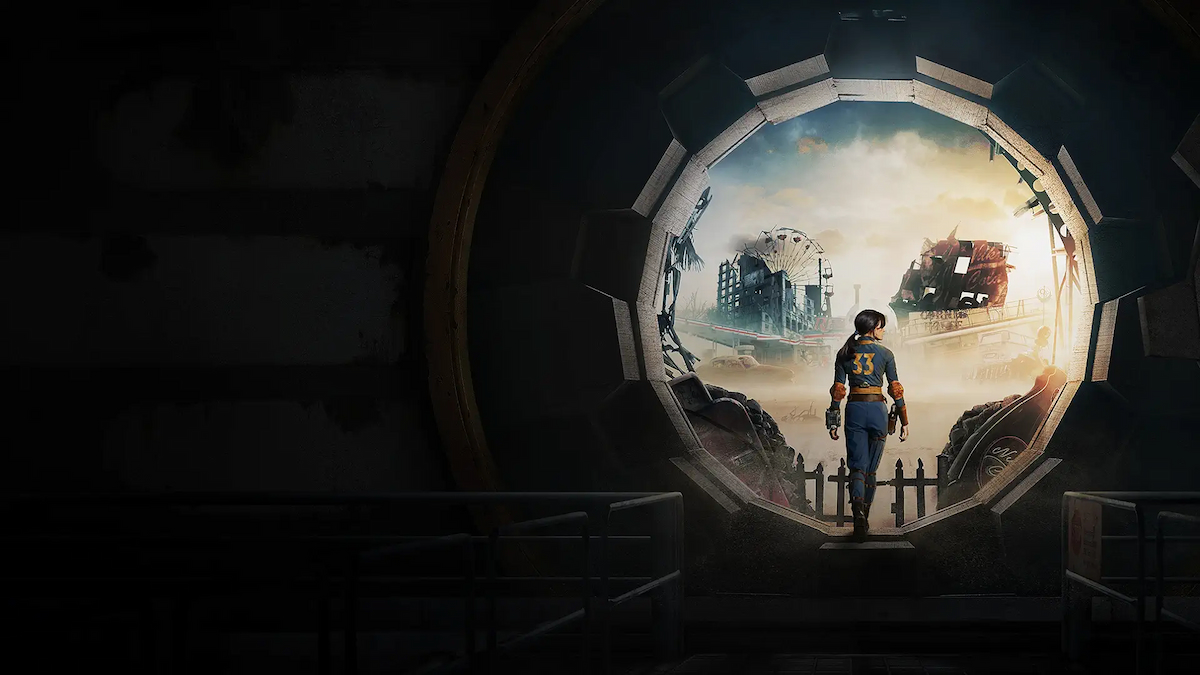
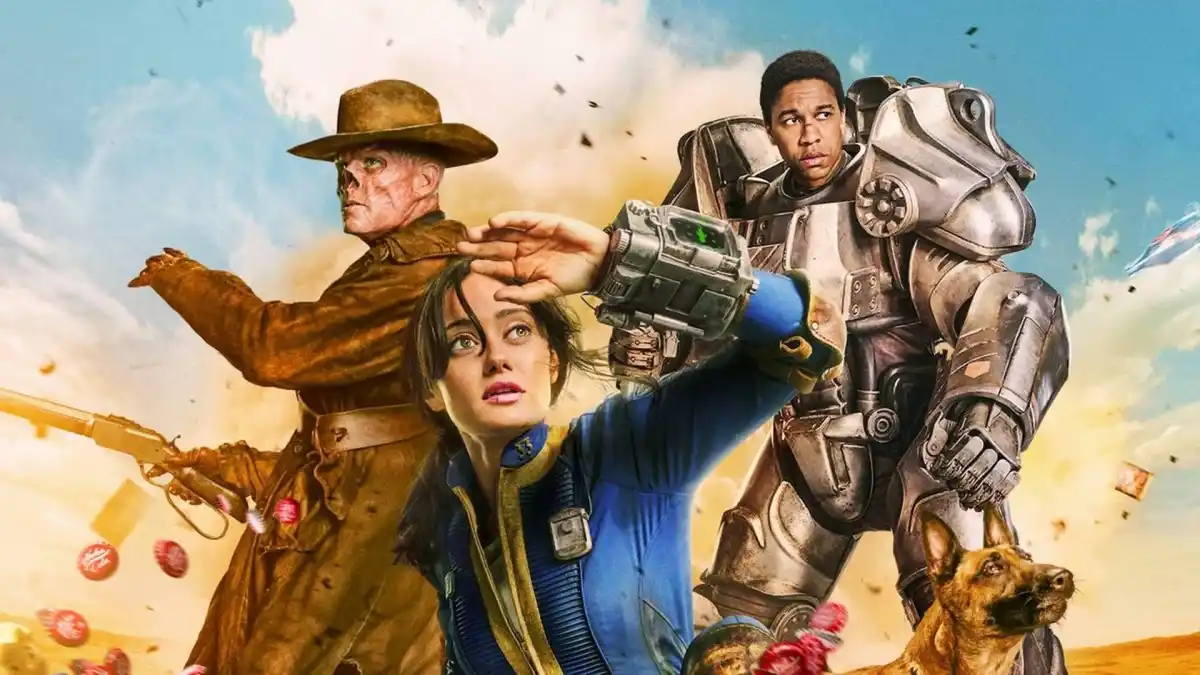
Updated: Sep 5, 2023 06:09 pm